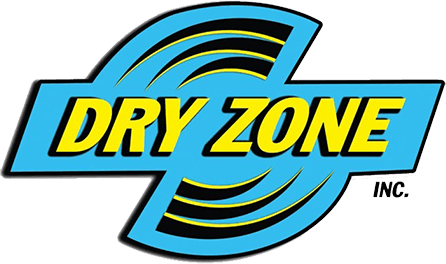It’s stressful to have an undiscovered leak at home. Until the source is identified and fixed, there is no way to know the magnitude of the problem or the harm being caused.
That said, don’t freak out if you think there might be a leak inside a wall—you might be able to have it fixed without spending a lot of money on repairs or extensive maintenance.
Our tips below may help you approach the problem appropriately in the long run.
1. Determine the Cause of the Leak
Pinholes in your plumbing system or minor flaws in caulking or other exterior materials are the common causes of water leaks. Water will frequently flow along the wall framing since it is the quickest way to reach the ground. If you are unsure, use an infrared camera to search for leaks behind walls and ceilings and a moisture meter to determine whether the moisture levels in your home are within typical ranges.
2. Determine Their Potential Source
The Interior Plumbing
Turn off all water-using fixtures and appliances in your home, and note the reading on the water meter to see if the leak is the result of faulty plumbing. Check the water meter once more after waiting at least three hours. An indication that the leak is originating from interior plumbing is an increase in water usage. This technique is less effective in homes with running faucets or toilets, and your water meter will show a small rise from the original figure you noted.
The Exterior above Grade Issues
Move your inspection outside if the problem isn’t with the indoor plumbing. Examine the flashing around exterior penetrations, including vents, chimneys, windows, and doors, and look for blocked gutters, downspouts, and weakened caulking.
The Exterior below Grade Issues
You can have problems with the outside below grade if the leak is coming through at the lower level. Broken sprinkler pipes, incorrect downspout drainage, french drains, and grading that slopes toward the home are typical sources of this type of leak.
3. Having the Leak Fixed
If your detective effort was successful, you now know the source of the leak. Now is the time to start the repairs.
For the Interior Plumbing
If you discover a water leak inside the wall, you may need to hire a professional plumber since your problem goes beyond a straightforward plumbing fix. They would cut the wall open, locate the leak precisely, and replace the harmed areas. Then, they would sand, prime, and paint the repaired wall.
To further clarify, your best bet is still to hire a professional contractor if you have plaster or if the leak is hidden beneath tile or brick.
For the Exterior above Grade Leaks
One or two times per year, gutters and downspouts should be cleaned and cleared of debris. Make sure the water flows smoothly through the system and is directed away from the house by doing routine inspections, even if gutter guards are in place.
Have the outdated caulking scraped off first. Make sure the repair professionals have the right kind in their arsenal; butyl-rubber caulk is typically the best choice for outside tasks. They must cut the tube open, fill the caulk gun, and slowly and steadily apply the caulk at a 45-degree angle.
A metal barrier called flashing is installed where the roof meets any vertical wall, such as chimneys, skylights, or roof vents. Base flashing, step flashing, and counter flashing are the three primary forms.
For the Exterior below Grade Leaks
This problem can be resolved by having a segment of pipe in your sprinkler system replaced. The repair should be handled by a sprinkler company rather than a rookie plumber. Otherwise, using compression couplings is the easiest option.
Also, water should be directed away from the house and foundation when it exits the downspout. To direct the water to the appropriate region, make any necessary adjustments to the downspouts or buy extenders.
Always grade in the opposite direction of the home. But merely adding dirt up close to the house’s foundation won’t fix the grading. To avoid structural damage, there should be six to eight inches of space between your siding and the base of your house.
Conclusion
Indeed, it is important to be proactive when it comes to water leaks in your wall. If you notice any signs of a leak, such as water stains or dampness, be sure to investigate the source and take action to repair it.
Tending to it promptly can help prevent further damage to your home and avoid costly repairs.
If you are looking for a company that deals with water damage in Marco Island, look no further than our services here at DryZone. Get Emergency Water Damage and Disaster Cleanup Services In Naples. Contact Us Today! We Offer Water Removal, Mold Remediation, and Fire Damage Cleanup.


